- Hubbell Power Systems Blog
- Tim Staelens
Tim Staelens
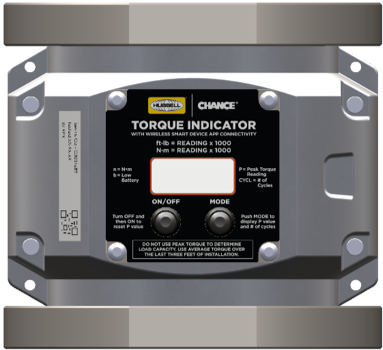
Written by Tim Staelens
The torque-to-capacity relationship for helical anchors and piles is an empirical method originally...
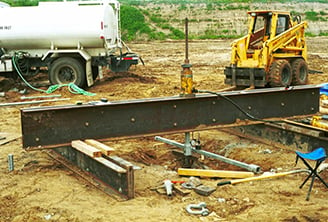
Written by Tim Staelens
Predicting the holding capacity of an anchor can be difficult due to soil variations at different...
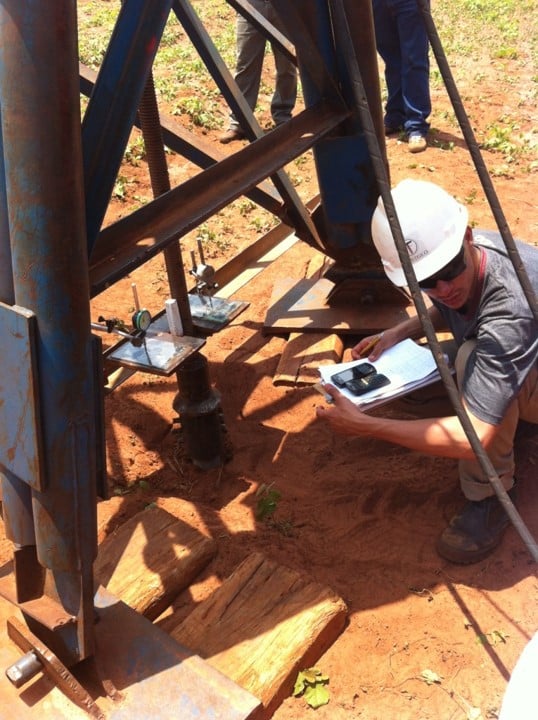
Written by Tim Staelens
The reliability of our overhead power and communication lines is as important today as ever before....
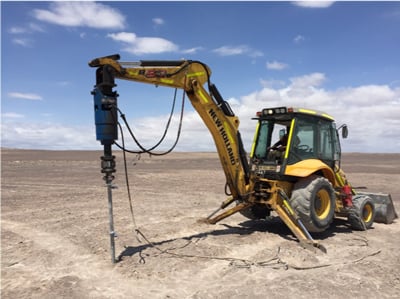
Written by Tim Staelens
Caliche is best described as salt-cemented sand. Naturally occurring in arid and semi-arid regions,...
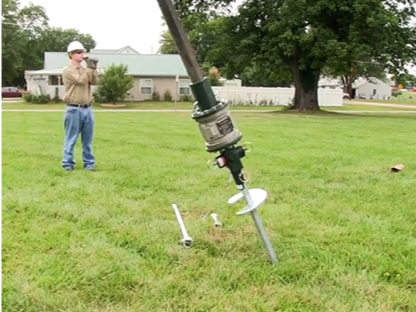
Written by Tim Staelens
It is well-documented that the best method for predicting the capacity of helical piles and anchors...
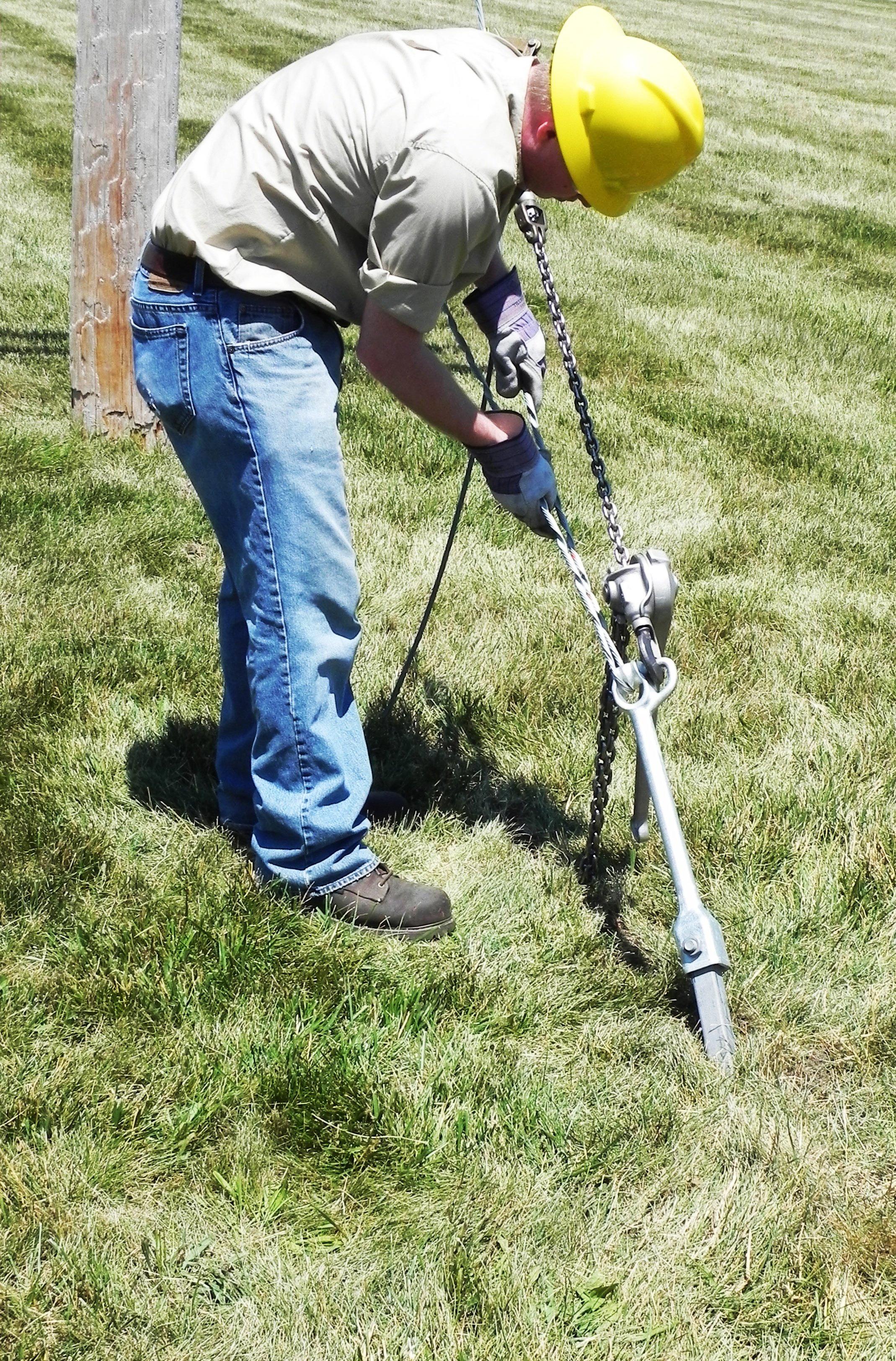
Written by Tim Staelens
Once all safety concerns have been addressed, attach the Kelly bar adapter and installing tool...
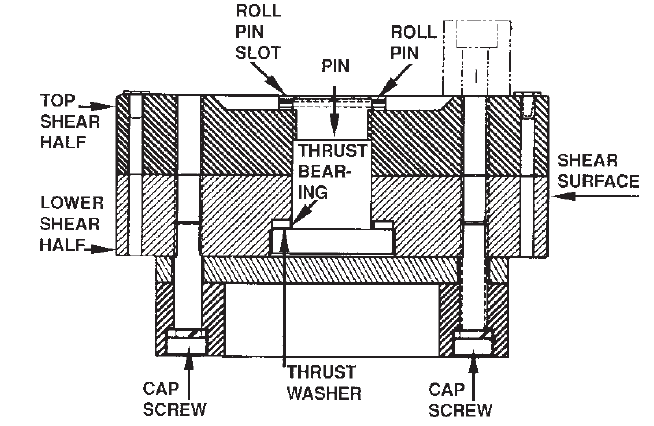
Written by Tim Staelens
As with most mechanical devices, CHANCE® anchor-installing tools periodically require maintenance...
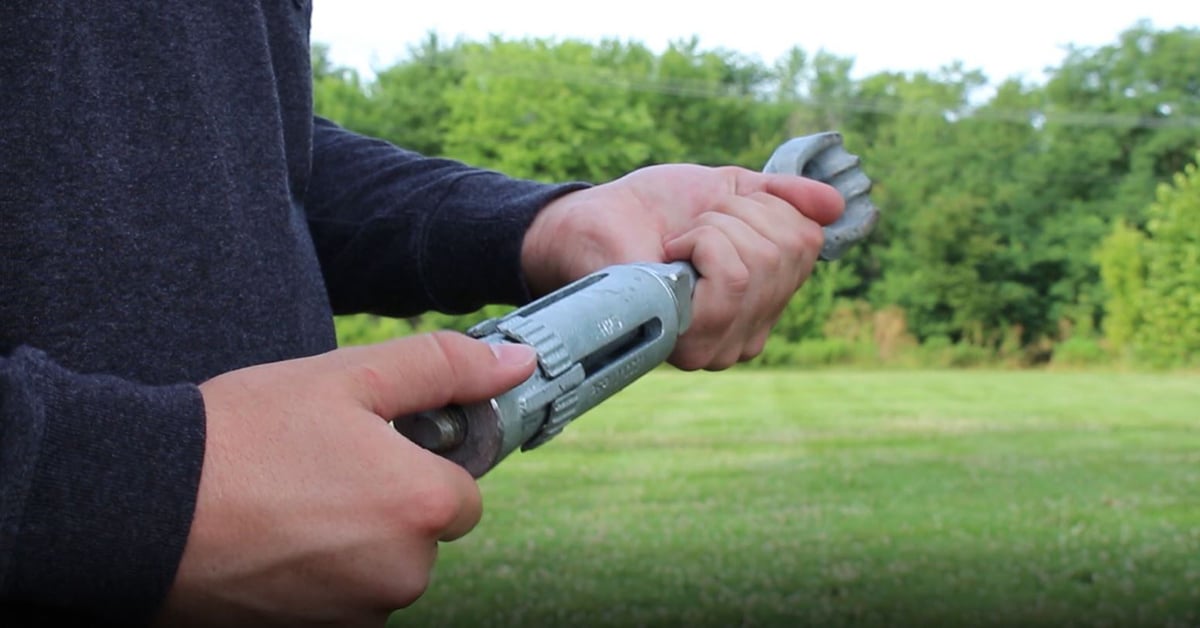
Written by Tim Staelens
Choose anchor site carefully. Rock anchors will only perform effectively in solid competent rock...
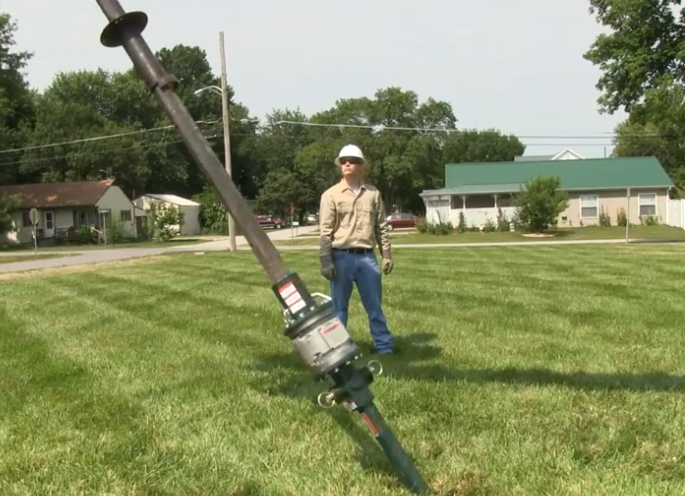
Written by Tim Staelens
"Proper alignment" and "down pressure" are simple phrases to summarize proper anchor installation...
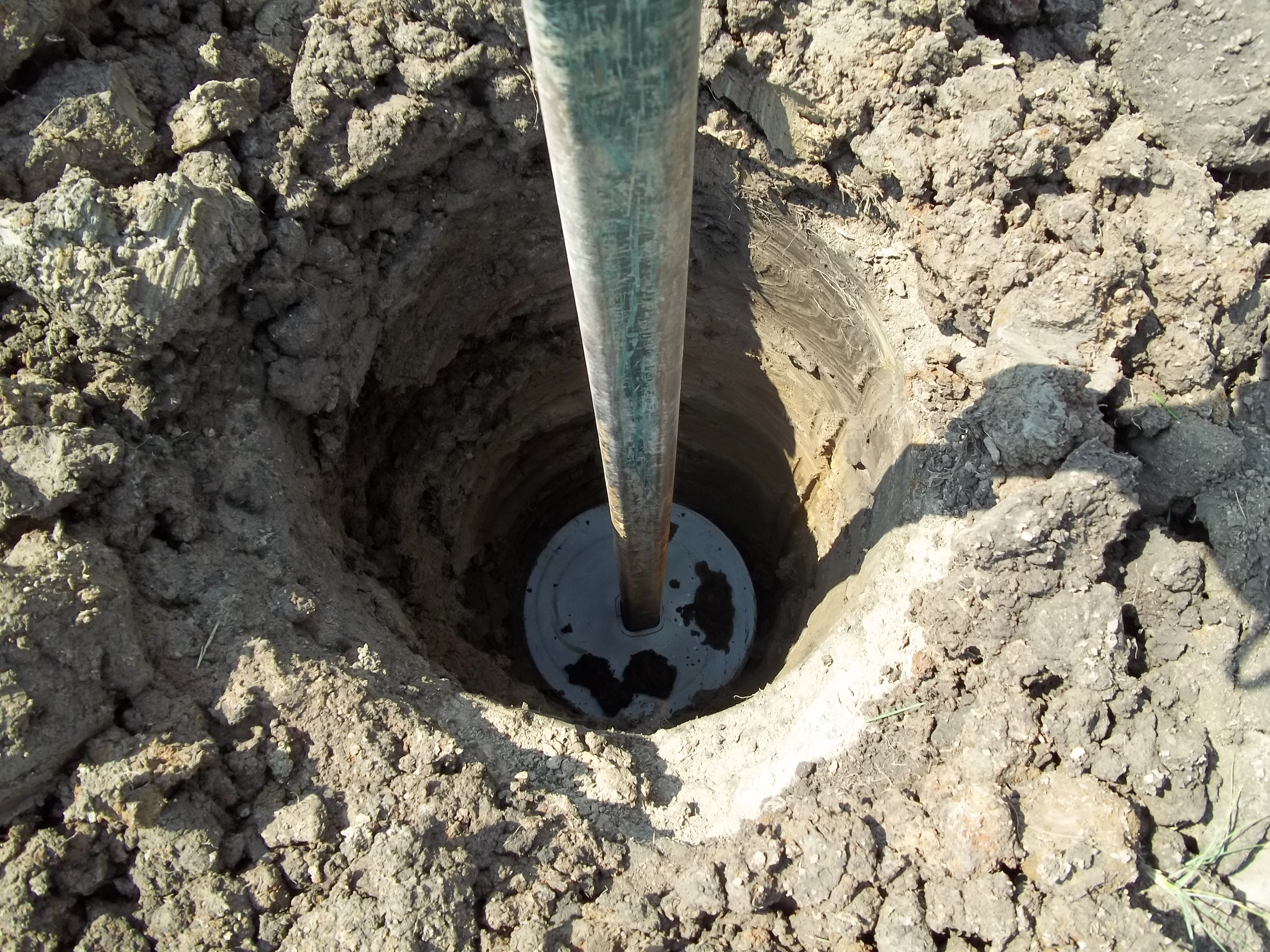
Written by Tim Staelens
It is essential to use installing tools and anchors that are properly rated for trucks during the...
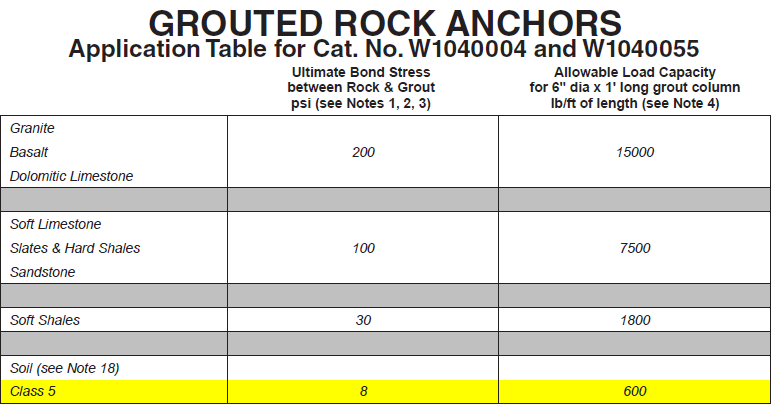
Written by Tim Staelens
The CHANCE® grouted rock anchor is designed to be used in situations where the soil is too rocky to...
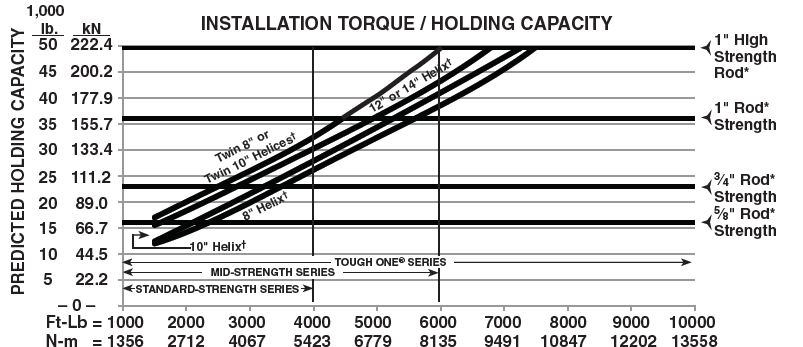
Written by Tim Staelens
Historical Analysis During the early development of the screw anchor, the load resistance of an...